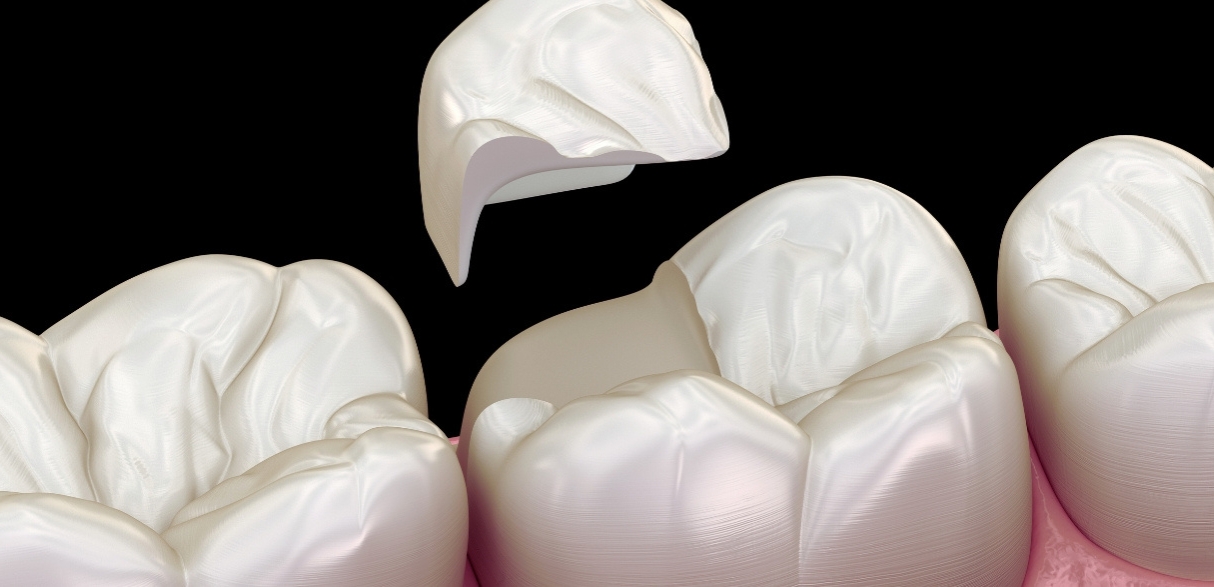
The Basics of Dental Fillings
Dental fillings are a fundamental aspect of general dentistry, critical in restoring and maintaining tooth health. They are materials used to fill cavities or repair damage in teeth, which can result from decay, wear, or trauma. Fillings help restore the integrity, function, and aesthetics of the tooth.
Definition and Purpose of Dental Fillings
A dental filling is a type of therapeutic dental treatment used to repair minor to moderate tooth fractures, tooth decay, or surface damage on the teeth. When a tooth is compromised by decay or damage, it loses its structural integrity. A filling is used to fill in the area where the decayed material of the tooth was removed, thus restoring the tooth’s original shape and function.
The primary purpose of dental fillings is to restore the tooth affected by decay back to its normal function and shape. By closing off spaces where bacteria can enter, a filling also helps prevent further decay. Materials used for fillings include amalgam (silver fillings), composite resins (tooth-colored fillings), gold, and porcelain, each with advantages.
The Process of Getting a Dental Filling
Getting a dental filling is a relatively straightforward procedure, usually completed in one visit to the dentist. The typical steps involved include:
- Cavity Detection: The process begins with the dentist examining the affected tooth, often using X-rays, to determine the extent of the decay or damage.
- Local Anesthesia: If necessary, the dentist will administer a local anesthetic to numb the area around the tooth to be filled, ensuring the patient’s comfort during the procedure.
- Tooth Preparation: The dentist will then remove the decayed or damaged part of the tooth using a drill, air abrasion instrument, or laser. The choice of instrument depends on the dentist’s comfort level, training, and investment in the particular piece of equipment, as well as the extent of the decay.
- Cleaning the Cavity: After removing the decay, the dentist cleans the cavity of bacteria and debris to prepare it for the filling.
- Filling Placement: The dentist will fill the cavity with the chosen filling material. If the filling is composite resin, the dentist will apply the material in layers, using a special light to harden (cure) each layer.
- Finishing and Polishing: Once the cavity is filled, the dentist will complete and polish it to ensure the shape and fit are comfortable and functional for biting and chewing.
- Bite Check: The final step is to check the patient’s bite to ensure no interference with the opposing teeth and make any necessary adjustments to the filling.
After the procedure, some patients may experience temporary sensitivity to hot or cold temperatures, but this usually subsides as the tooth acclimates to the filling. Regular dental check-ups are essential to monitor the integrity of the filling and the tooth’s overall health.
Types of Dental Fillings Used in General Dentistry
Amalgam Fillings
Amalgam fillings are a traditional type of dental filling known for their strength and durability. They are composed of metals, including silver, mercury, tin, and copper. These fillings have been used in dentistry for over a century. They are especially valued for their longevity and ability to withstand the forces of chewing, making them a common choice for filling cavities in the back teeth.
Composite Resin Fillings
Composite resin fillings are a popular choice due to their ability to blend in with the natural color of teeth. These fillings are made from plastic resin and fine glass particles. They bond directly to the tooth, which helps to support the remaining tooth structure. Composite resins are versatile and can be used for various cosmetic dental procedures, including repairing chipped or broken teeth and filling cavities in front and back teeth.
Ceramic Fillings
Ceramic fillings are predominantly made of porcelain and are known for their superior aesthetic quality. These fillings are highly resistant to staining and wear, making them ideal for patients seeking a more natural and long-lasting result. Ceramic fillings are often used in cases where a high degree of cosmetic appearance is desired, such as in visible parts of the mouth.
Gold Fillings
Some consider gold fillings the gold standard in dental fillings due to their durability and strength. Composed of a gold alloy, these fillings are custom-made in a laboratory and then cemented into place. While they are one of the most expensive options, gold fillings are known for their longevity. They are often preferred by patients who desire a filling material that is both durable and aesthetically pleasing.
Glass Ionomer Fillings
Glass ionomer fillings are made from a blend of acrylic and a specific type of glass material. These fillings are unique in that they release fluoride over time, which can help protect the tooth from further decay. They are less durable than other fillings but are particularly useful in certain situations, such as filling cavities in children’s teeth or areas below the gum line.
Each filling type has its unique properties and is selected based on various factors, including the location and size of the cavity, the patient’s oral health needs, and aesthetic preferences.
Considerations When Choosing a Dental Filling
When choosing a dental filling, several factors must be considered to ensure the best outcome for the patient’s oral health and aesthetic preferences.
Factors Influencing the Choice of Filling:
- Location of the Cavity: The position of the cavity in the mouth significantly influences the choice of filling. For instance, back teeth endure more chewing force, so a more durable material like amalgam or gold might be preferred. In contrast, tooth-colored materials like composite resin or ceramic are typically chosen for aesthetic reasons for cavities in visible areas.
- Extent of the Decay: The size and depth of the cavity also play a role. Larger cavities require more robust materials, whereas smaller ones are suitable for less durable materials with a more natural appearance.
- Patient Allergies: Some patients may have allergies to certain materials used in fillings, such as metals in amalgam. Alternatives like composite resin or ceramic fillings would be necessary in such cases.
- Aesthetic Preferences: The patient’s preference for how they want their teeth to look post-procedure is a significant consideration. Those seeking a natural look often opt for composite or ceramic fillings.
Cost and Insurance Considerations:
- Cost Differences: Dental fillings vary depending on the material used. Amalgam fillings are generally the least expensive, while gold and ceramic fillings are at the higher cost spectrum. Composite fillings are mid-range in price.
- Insurance Coverage: Dental insurance coverage can also influence the choice of filling. Many insurance plans cover the cost of amalgam fillings to a greater extent than composite fillings, especially for back teeth. Patients need to check with their insurance provider to understand what types of fillings are covered by a
The Role of Dental Fillings in Preventive Dentistry
Dental fillings are pivotal in preventive dentistry, extending far beyond merely treating tooth decay or damage. By effectively restoring a decayed or compromised tooth, fillings help prevent the progression of decay and the potential for more severe dental issues. They seal off areas where bacteria can enter, reducing the risk of further infection and decay. This proactive approach preserves the tooth’s structural integrity and maintains oral health. Thus, dental fillings are crucial in a broader strategy to prevent future dental complications, ensuring long-term dental health and reducing the need for more extensive and invasive dental procedures.



